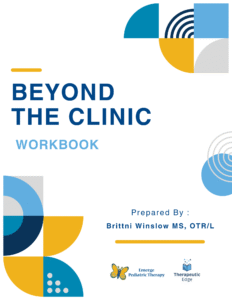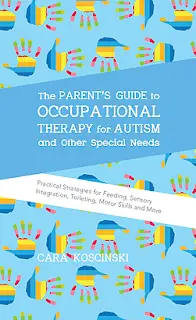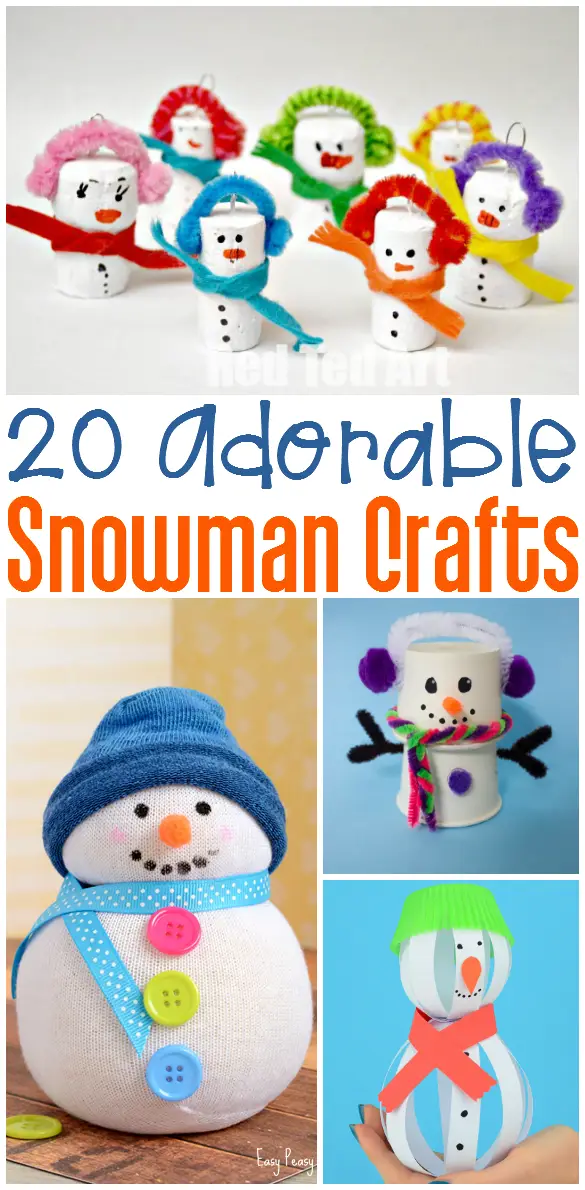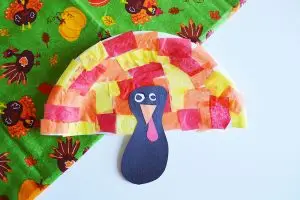
Children need to be proficient in scissors use in order to participate in school and leisure activities. The strong emphasis on hands-on learning is a wonderful thing in the classroom, however, when a child is weak in scissors use, he/she may become frustrated and lag behind the class during center times. Children with special needs often have difficulty not only with the task of scissoring but also with the basic skills required prior to picking up a pair of scissors. It’s important to step back and take a look at teaching a child how to hold scissors properly, develop strength of the hand muscles, cross mid-line, and more. READ on for help and ideas to help your child today!
Here are some ‘Out of the POCKET’ ideas:
When your children use both hands together to complete a task, it’s called “bilateral integration.” Here’s an earlier post to help kids to use both hands. Scissoring is a skill where one hand holds the tool and the other is responsible for moving the paper in different directions. Children need to learn how to use their hands together for many things including buttoning, tying, using a knife to cut food, and handwriting (one hand holds paper while the other writes).
It’s now time to work with actual scissors. Make sure that kids are holding their scissors correctly now to prevent bad habits from forming. Place the thumb into the round hole and use wording such as, “thumbs up” to help them to remember which way their hand should be placed. If your child is a visual learner, draw a smile on her thumb or place a sticker on the thumbnail.
 |
| Thousands of ideas in one book! |
Begin by snipping to practice opening and closing the scissors.



